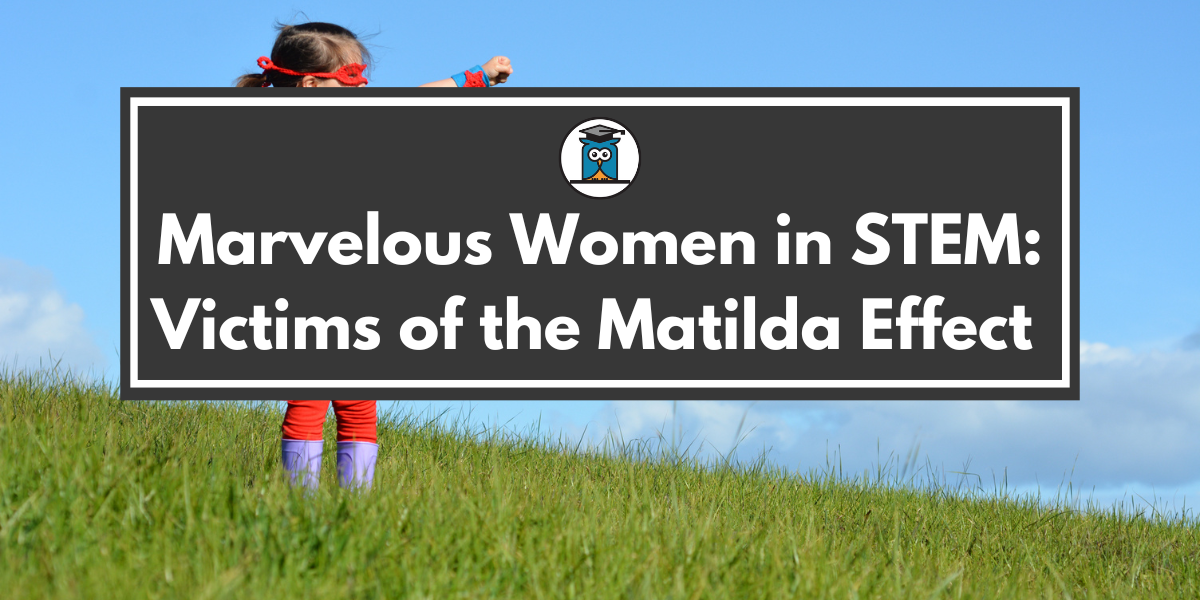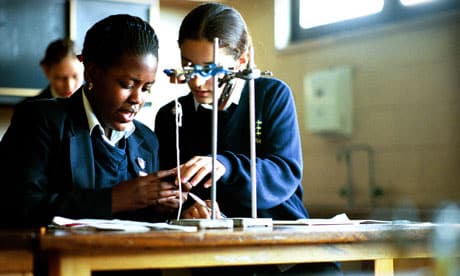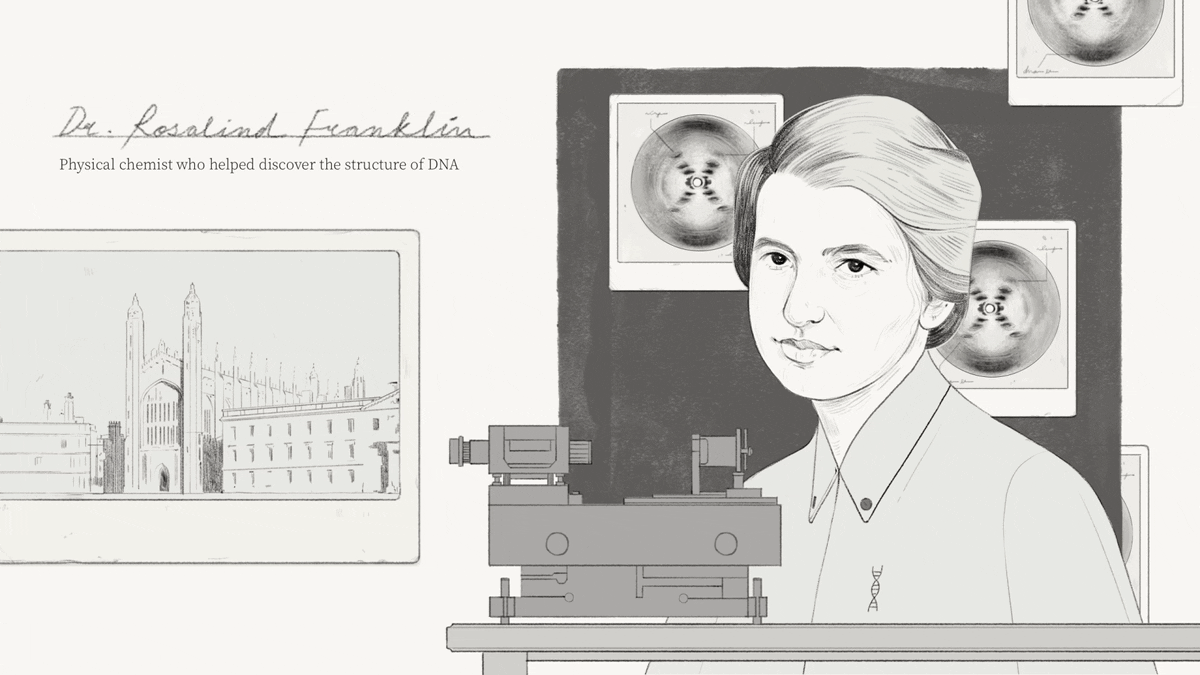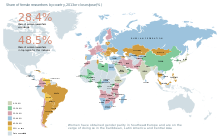Marvelous Women in STEM: Victims of the Matilda Effect - My Private Professor
By A Mystery Man Writer

Happy Women's History Month! You can celebrate women by doing something as simple as learning about the history of invisible women in STEM.

Ada by Journalism Studies at the University of Sheffield - Issuu
Lost Women of Science, Episode 2: The Matilda Effect

Matilda effect - Wikipedia

Teen Voices: How the Matilda Effect Affects Women in STEM – Women's eNews

Hunter👷♀️🦺 on X: The Matilda effect is a bias against acknowledging the achievements of women scientists & the attribution of their work to their male colleagues. The term was coined by science

Blog TOOL Spawn
/https://tf-cmsv2-smithsonianmag-media.s3.amazonaws.com/filer/d3/c2/d3c2c96d-2e71-41be-8b7d-4756a617c9ee/oct2019_h15_matildaeffect_copy.jpg)
Women Scientists Were Written Out of History. It's Margaret Rossiter's Lifelong Mission to Fix That, Science

Animation - The Matilda Project — ss design studio

Women in science - Wikipedia
Honouring forgotten women scientists, mathematicians, programmers and palaeontologists

STEM education for girls and women: breaking barriers and exploring gender inequality in Asia

Women in science - Wikipedia